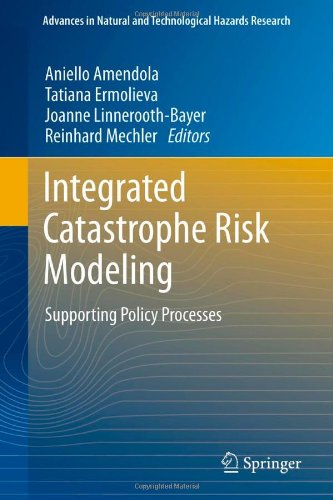

Most ebook files are in PDF format, so you can easily read them using various software such as Foxit Reader or directly on the Google Chrome browser.
Some ebook files are released by publishers in other formats such as .awz, .mobi, .epub, .fb2, etc. You may need to install specific software to read these formats on mobile/PC, such as Calibre.
Please read the tutorial at this link: https://ebookbell.com/faq
We offer FREE conversion to the popular formats you request; however, this may take some time. Therefore, right after payment, please email us, and we will try to provide the service as quickly as possible.
For some exceptional file formats or broken links (if any), please refrain from opening any disputes. Instead, email us first, and we will try to assist within a maximum of 6 hours.
EbookBell Team

4.3
98 reviewsEfficient and equitable policies for managing disaster risks and adapting to global environmental change are critically dependent on development of robust options supported by integrated modeling.
The book is based on research and state-of-the art models developed at IIASA (International Institute for Applied Systems Analysis) and within its cooperation network. It addresses the methodological complexities of assessing disaster risks, which call for stochastic simulation, optimization methods and economic modeling. Furthermore, it describes policy frameworks for integrated disaster risk management, including stakeholder participation facilitated by user-interactive decision-support tools.
Applications and results are presented for a number of case studies at different problem scales and in different socio-economic contexts, and their implications for loss sharing policies and economic development are discussed. Among others, the book presents studies for insurance policies for earthquakes in the Tuscany region in Italy and flood risk in the Tisza river basin in Hungary. Further, it investigates the economic impact of natural disasters on development and possible financial coping strategies; and applications are shown for selected South Asian countries.
The book is addressed both to researchers and to organizations involved with catastrophe risk management and risk mitigation policies.